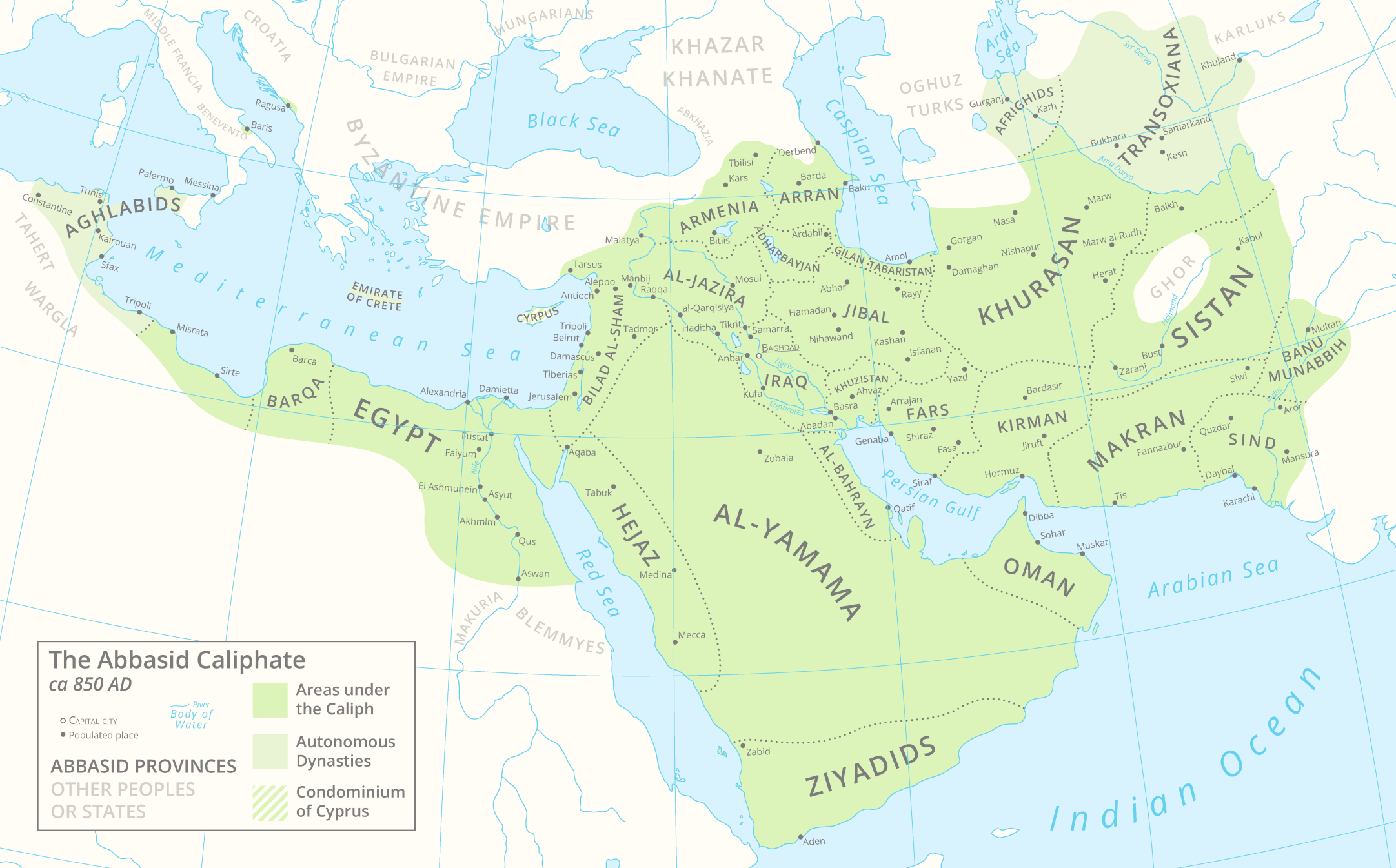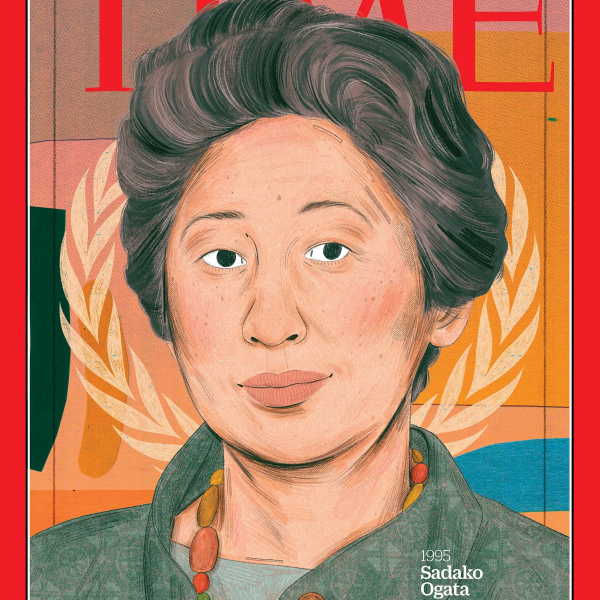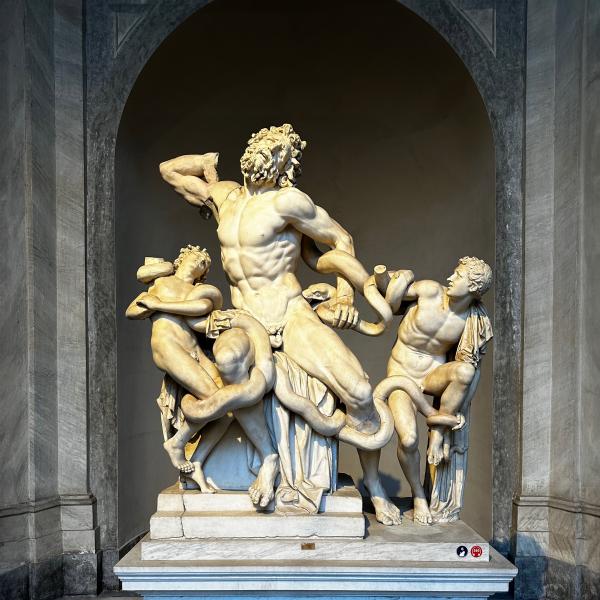Interview with Faculty Fellow Hayrettin Yücesoy
It’s not easy being king. Few in the eighth century understood the position of the caliph — the Abbasid Empire’s supreme leader — better than Abdullah Ibn al-Muqaffa, a Persian courtier and thinker who, through his writings, influenced the courts of two caliphates and is still celebrated as a pioneer of classical Arabic literature. First in his seminal translation of a collection of moralizing fables and then in his own political writings, Ibn al-Muqaffa used his position as a scholar and a trusted advisor to promote a vision of governance that prized stability, rewarded merit and, different from many of his contemporaries, was rooted in practical and secular reasoning.
With his new book project, “The Monarch’s Counsellors: Ibn al-Muqaffa’s Epistle on Empire Building,” Hayrettin Yücesoy, associate professor of Arabic and Islamic studies in the Department of Jewish, Islamic and Middle Eastern Studies and Faculty Fellow in the Center for the Humanities, explores in depth one of those works: a treatise for a new ruler who just won enormous power by force of arms. The questions he faced — who to trust, how to maintain authority and deter potential challengers, and what to do to govern well — are as relevant today as they were in the eighth century. Below, Yücesoy offers us an early look at his project.
Who was Ibn al-Muqaffa? How does his personal story fit within the history and society of eighth-century Damascus and Kufa?
An ambitious and talented individual, Abdullah Ibn al-Muqaffa was a high-level secretary in the courts of Umayyad and early Abbasid rulers in the eighth century. He was also a celebrated writer and translator. Born in southern Iran in Gur, the old capital of the Sasanids, around 720 CE to a Persian family, he grew up in Basra, arguably the most vibrant and cosmopolitan city of the caliphate at the time. His life was cut short in 757 CE when he was executed for political reasons.
Ibn al-Muqaffa was part of the mawālī, the conquered non-Arab peoples during the caliphal expansion in the seventh century. They were given a lesser social status through a “contract” of clientage, where certain peninsular Arabic-Muslim tribes were considered their guardians. Due to his background and work, he faced the challenge of being simultaneously the elite and the Other.
Considering his milieu, his life experience as one of the mawālī must have been tragic at some level, similar to that of many colonized “subaltern” elite in the 19th century onward, but at the same time, he was a member of the small circle of the elite. If I want to use Gramsci at this juncture, Ibn al-Muqaffa was both a subaltern and organic intellectual at the same time. His acknowledgment of his background and his work drawing on the Persian imperial political culture earned him a reputation for being a Shuʿūbī — someone who refuses to acknowledge the superiority of the Arabs and seeks division rather than unity.

In addition to his secretarial talents, Ibn al-Muqaffa is known for his lasting contributions to Arabic literature through his own writing and translation of literary works from Middle Persian into Arabic. One of his most well-known translation works is the fables of Kalila and Dimna, originally written in Sanskrit and later translated into Middle Persian. He functioned as a translator, literally and figuratively, to transpose elements from both worlds and generate a cosmopolitan, hybrid political discourse fitting the new empire, the Abbasid caliphate.
Tell us about the period of time in which al-Muqaffa was writing his treatise, especially the transition between the Umayyad and Abbasid administrations?
Ibn al-Muqaffa lived during a pivotal period, witnessing the transition from the Umayyad to the Abbasid administrations. He observed the fall of the Umayyad Caliphate in 750 CE and the rise of the Abbasid dynasty, marking a shift in the center of power and ushering in a new era of “Islamic civilization.” In such circumstances, Ibn al-Muqaffa wrote his epistle to help stabilize the new empire and structure it on solid foundations. Incidentally, this treatise is the very first document of a theoretical discourse on empire-building in Arabic literature, period! And at that, it is sadly very much neglected, misunderstood and misrepresented.

Who would have been the readers of al-Muqaffa’s political writings? What made his writings and point of view unique?
Ibn al-Muqaffa’s known works address political questions. I have always been struck by why scholars have not noted, “Wait a minute, this guy wrote about nothing but politics.” The “Epistle on the Caliph’s Counsellors” is a remarkable representative of government rationality related to the political prudence of monarchy. It advises the caliph on how to build and rule the empire effectively and how to rule without being oppressive, offering insights into the political practices and discourses of its time.
The epistle, although written for the caliph and professionals in his chamber, has transcended its original audience over the centuries. It was placed in an anthology in the ninth century and quoted numerous times in various literature, read by rulers, administrators, scholars and literate readers up until today.
Your book will ultimately present an up-to-date critical edition of its Arabic original and an English translation. What might be the effect of making this material accessible to new readers?
The critical edition and translation of this text will bring one of his work to readers to contemplate on the art of governance then and today. I like to compare this brief tract to the ancient Indic Kautilya’s Arthashastra and Machiavelli’s The Prince, among other inspiring pieces on politics in the histories of the pre-capitalist world.
My work will make several points about the epistle. It is a remarkable representative of the idea of siyasa as the art of practicing governance through alleviating problems by normalized and agreeable means. Such governance would aim at fostering a climate of welfare and satisfaction among the subjects as the foundation of a functioning social order. So one aspect of this epistle is foregrounding good governance practices and how to implement them. It emphasizes a practical and realistic approach to politics, advocating for effective governance that considers the satisfaction of the subjects for an orderly society. The ruler should maintain power through a combination of fear and love, aiming for virtue and a positive reputation. Military competence, strategic flexibility and a meritocratic administrative structure are deemed crucial for a leader's success. It underlines the necessity of avoiding tyranny and cultivating a good image to ensure stability.
The other aspect is the temporal and practical political logic of the epistle, which opens a space for the discussion of “global secularities” from the vantage point of “premodern” history. Since the common narrative of secularism is both modern and Eurocentric, the work presents a case that encourages a re-thinking of the history of secularity not as a European exception but one that is observable in distinctive ways in global history. I am aware some will raise their eyebrows about secularity in this context, but I have dealt with this question in detail in my recent book Disenchanting the Caliphate. The interested reader may consult it for further discussion.
Also, the work engages the concerns of subaltern studies by showing the readers how this subaltern bureaucrat contributed to opening the sociopolitical arena to patrician professionals like himself and labored to reorient the empire in a direction that accommodated the sociocultural backgrounds of non-Arab (even non-Muslim) subaltern elite. I do not wish to come across advocating him as “Robin Hood.” He was not. It is clear that he wanted to be at the core of the power, supporting the ruler. Nonetheless, I think his work is best understood as a form of discursive practice that disrupted the intellectual status quo in political reflection and shaped a new reality.
Finally, this study helps open a new space of research in the history of Middle Eastern political thought by pushing back against a pervasive colonial discourse that over-religionizes Muslim intellectual history.
Headline image: Illustration from an edition of Kalila and Dimna, published in Egypt circa 1310. U.S. Library of Congress courtesy World Digital Library.





